Consumed: stilled lives
Woolley, Dawn 
Abstract
This body of artwork, comprises photographs, artist books, pop-up display banners, lenticular images, and site-specific artworks made for commercial advertising spaces in cities and social networking sites. Consumed: Stilled Lives plays with the traditional concept of still-life painting, which grew in popularity in the 16th and 17th centuries. Often featuring silver plates and expensive foodstuffs, still life paintings became a fashionable way for the Dutch and Flemish to illustrate their wealth. When interpreted using emblematic symbolism the paintings represent a conflicting relation with material wealth. By interpreting the paintings ironically and applying the method to her own practice, Woolley produces still-life objects that suggest contradictory relationships to contemporary consumer culture. Consumed: Still Lives presents ‘an adroit reprisal of the still life genre, creating artificial and fictive scenarios involving and centring on our relationship to food. Food allows her to address matters at the heart of consumer culture— a primary relationship that allows her to refigure our conception of the body and in doing so confront us with our desires and wants, our phobias and fears.’ (Durden, Consumed: Still Lives Exhibition Catalogue, p. 31). Drawing on her research into advertising on social networking sites, and her writing that hypothesises selfies to be adverts, Woolley examines the impact that adverts have as producers and disseminators of social values. The artworks explore social ideals, particularly gender norms, and how they are transmitted through commercial visual culture. In adverts, commodities are given human characteristics in order to make them more desirable. In turn, identities are commoditised and bodies become adverts for social ideals. Commodities are integrated into the consumer’s identity and their identity is shaped to a marketing demographic. We are what we consume. We are adverts for the commodities we consume. To reflect this, the artwork in Consumed blurs the boundary between portraiture and still-life, producing inanimate bodies and animate objects. This exhibition has been presented at; Blyth Gallery, Imperial College, London (26th September – 2nd November 2018); Ruskin Gallery, Anglia Ruskin University, Cambridge (21st September – 14th October 2017); Ffotogallery, Cardiff, (13th Jan – 3rd Feb 2018); and Dyson Gallery, Royal College of Art, London, (14th – 18th December 2016). In addition, works from this exhibition have formed part of the Imagining History exhibition at Oriel y Bont, University of South Wales, Cardiff (1st Nov – 17th Dec 2021).
Actions (login required)
 |
Edit Item |

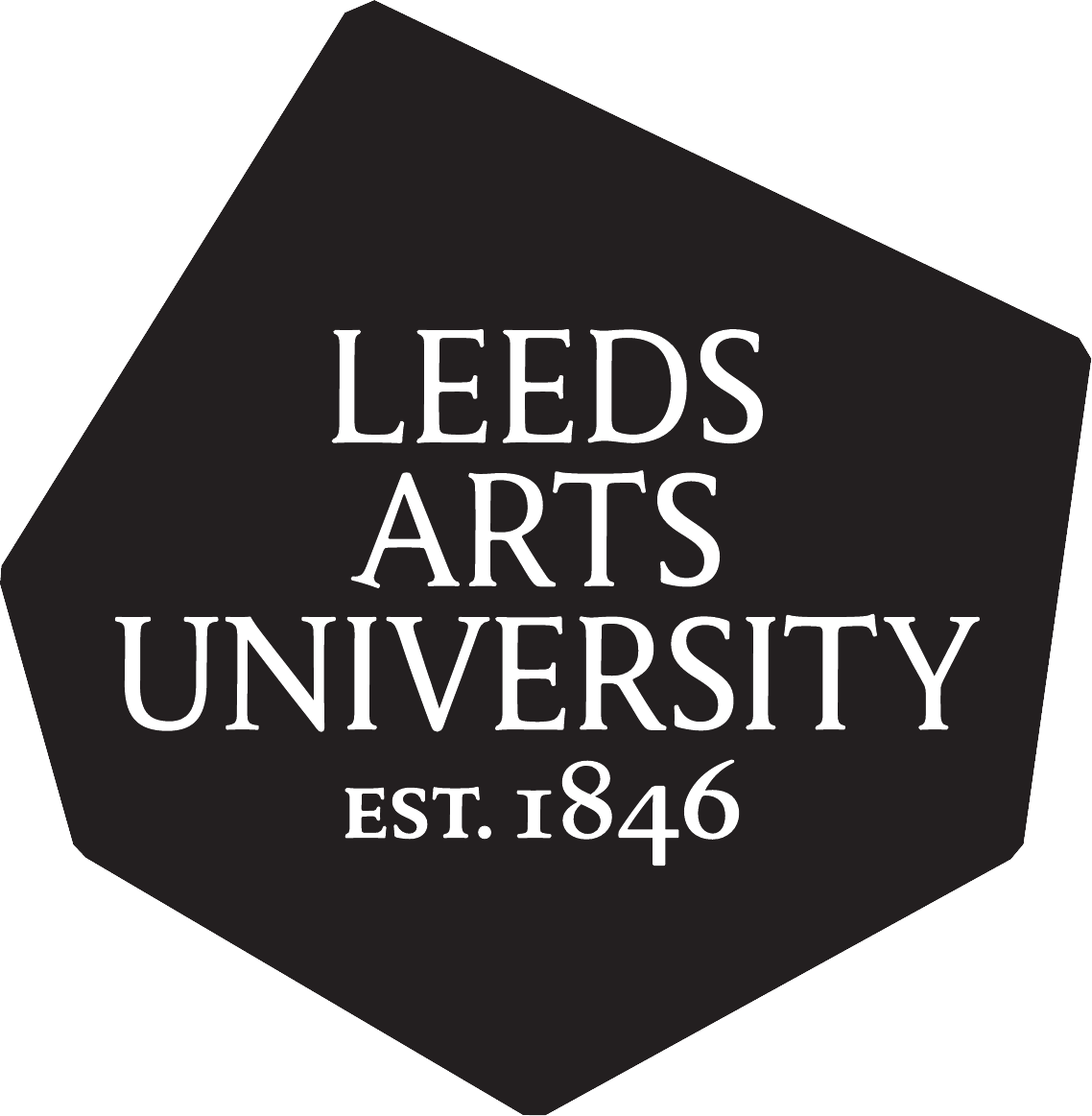
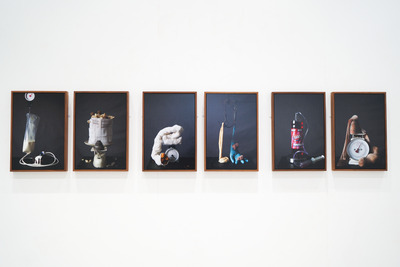
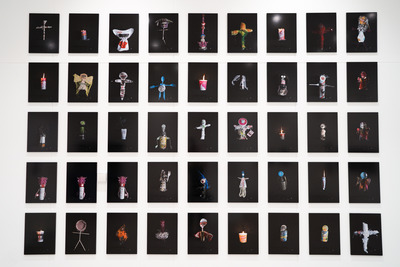
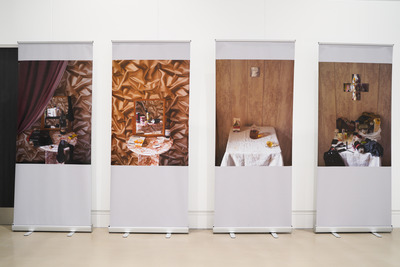
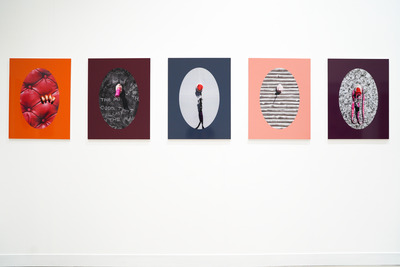
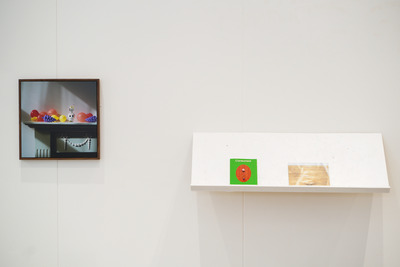
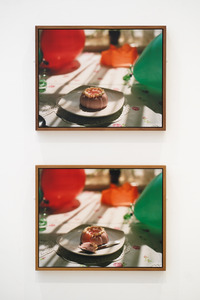
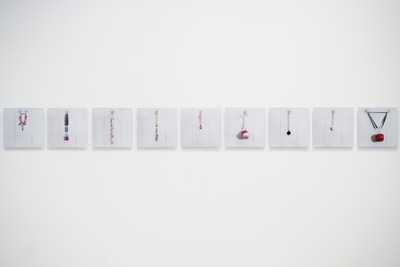
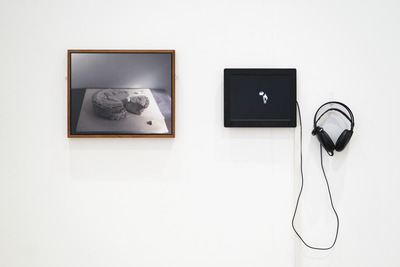
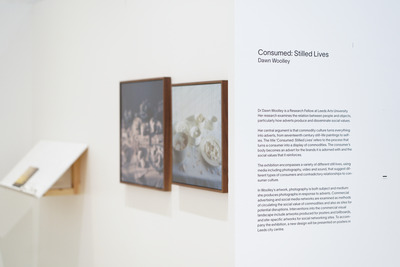
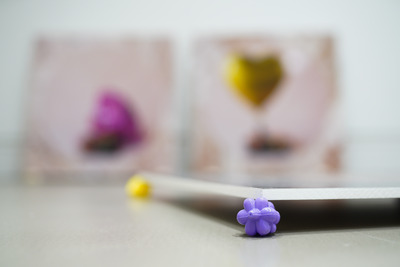

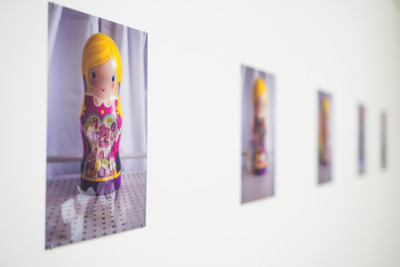
![[img]](https://lau.repository.guildhe.ac.uk/17561/6.hassmallThumbnailVersion/Consumed%201.jpg)
![[img]](https://lau.repository.guildhe.ac.uk/17561/7.hassmallThumbnailVersion/Consumed%202.jpg)
![[img]](https://lau.repository.guildhe.ac.uk/17561/8.hassmallThumbnailVersion/Consumed%203.jpg)
![[img]](https://lau.repository.guildhe.ac.uk/17561/9.hassmallThumbnailVersion/Consumed%204.jpg)
![[img]](https://lau.repository.guildhe.ac.uk/17561/10.hassmallThumbnailVersion/Consumed%205.jpg)
![[img]](https://lau.repository.guildhe.ac.uk/17561/11.hassmallThumbnailVersion/Consumed%206.jpg)
![[img]](https://lau.repository.guildhe.ac.uk/17561/12.hassmallThumbnailVersion/Consumed%207.jpg)
![[img]](https://lau.repository.guildhe.ac.uk/17561/13.hassmallThumbnailVersion/Consumed%208.jpg)
![[img]](https://lau.repository.guildhe.ac.uk/17561/14.hassmallThumbnailVersion/Consumed%209.jpg)
![[img]](https://lau.repository.guildhe.ac.uk/17561/15.hassmallThumbnailVersion/Consumed%2010.jpg)
![[img]](https://lau.repository.guildhe.ac.uk/17561/16.hassmallThumbnailVersion/Consumed%2011.jpg)
![[img]](https://lau.repository.guildhe.ac.uk/17561/17.hassmallThumbnailVersion/Consumed%2012.jpg)